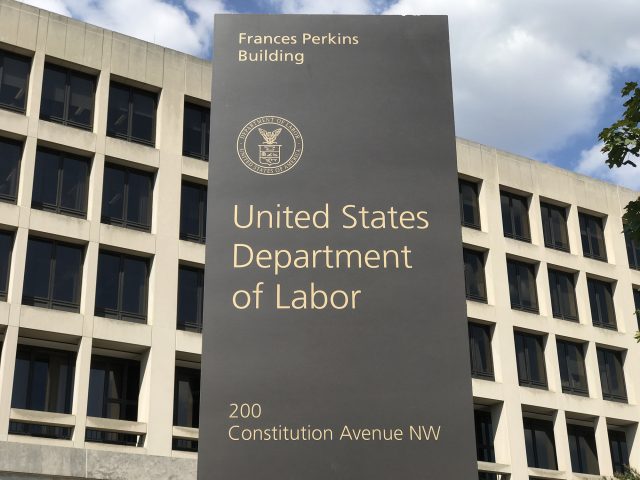
401(k) Fees: Bad News, Good News
Alicia H. Munnell is a columnist for MarketWatch and senior advisor of the Center for Retirement Research at Boston College.
As the role of 401(k) plans and similar defined contribution plans continues to expand in our retirement system, plan participants are paying more of the cost of financing their retirement income. The increase in individual payments takes two forms. First, in old fashion defined benefit plans, employers made all of the contributions; in 401(k) plans, employees typically contribute about 6 percent of their earnings and employers match 50 cents on the dollar. Second, employees pay most of the fees associated with 401(k) plans in the form of lower net returns.
Fees fall into two categories – those associated with administration of the plan, such as recordkeeping, legal work, and accounting; and those associated with investment management. The investment management fees account for the bulk of the total.
Fees are extremely important. For example, if fees amount to 1 percent of assets, they reduce a 401(k) participant’s rate of return by about 25 percent.
The bad news on fees comes from a recent study from the Government Accountability Office (GAO). The findings of the GAO survey showed that many sponsors – particularly of small plans – had no idea how much they and their participants were being charged. Small plans were also paying very high fees for recordkeeping and administrative services – 1.33 percent of assets annually compared with 0.15 percent paid by sponsors of large plans.
The good news is that the Department of Labor has two initiatives focused on fees. Under the new rules, companies administering 401(k) plans must disclose to the sponsor all the costs associated with administering the plans. The deadline for these disclosures is July 1, 2012. Plan sponsors are supposed to use this information to ensure that the fees are reasonable. That is, they have to prudently select and monitor their service provider. But they do not have to pass this cost information along to participants.
Sponsors are responsible, however, for providing participants with expense ratios for investments offered by the plan, showing participants the charges per $1,000 invested. Initial disclosures are due August 30, 2012; quarterly disclosures are due November 14, 2012. For many investors the fee disclosure may come as a shock, since people often have the impression that the accounts are cost-free. The goal of the fee disclosure is to enable investors to compare alternative investments and assess the extent to which fees erode their balances.
The hope is that when sponsors and participants see the fees, they will respond by moving toward low-cost options, thereby putting downward pressure on expenses. A study by my colleagues at the Center for Retirement Research at Boston College suggests that considerable savings are possible. They analyzed the trading costs and fees of the 100 largest domestic equity mutual funds held in defined-contribution pension plans for the years 2004 through 2008. The pricing of the actively managed funds in this sample cost the average plan 0.70 of a percentage point or more in annual returns. By shifting investment options from managed mutual funds to exchange-traded funds (ETFs) or commingled trusts, an average plan could reduce its administration and management fees between 0.20 and 0.40 percent of assets.
Some fear that the disclosing of fees will cause people to move away from actively managed funds to indexed funds. That would be wonderful, in my view. The fees and trading costs of the domestic equity funds in my colleagues’ sample are not correlated with the performance of the funds. The funds with the greatest expenses tended to divide evenly between those funds that outperformed and those that underperformed the market by the largest margins. Therefore, indexed funds are likely to give participants the biggest bang for their buck and a bigger pile of assets at retirement.
Oops, sorry to go back to bad news. All these good disclosure requirements apply only to 401(k) plans. Unfortunately, more money now has been rolled over into individual retirement accounts (IRAs) than remains in 401(k)s ($4.9 trillion versus $3.9 trillion as of the fourth quarter of 2011). So individuals will see fee information for only about 45 percent of their retirement assets.






